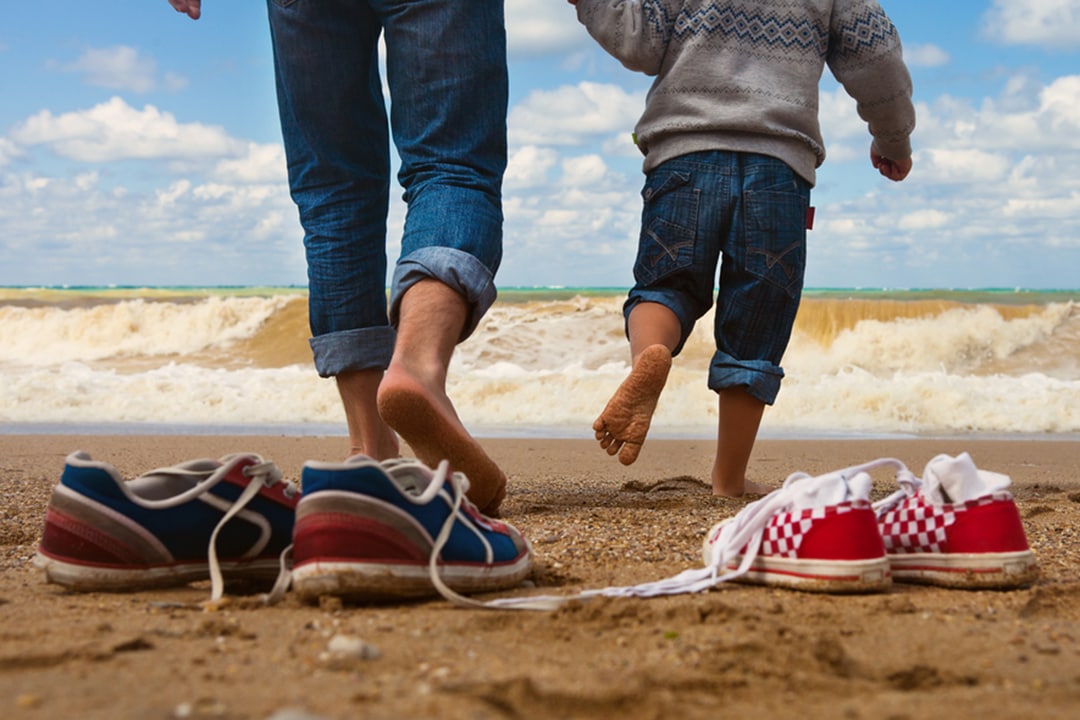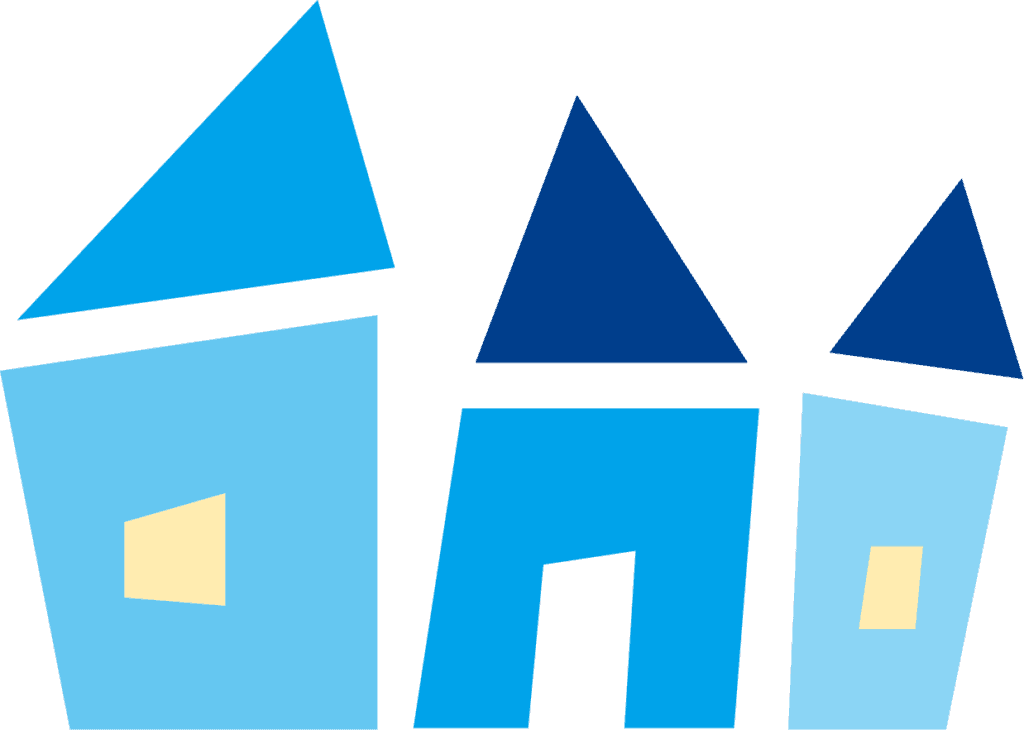Mindfulness has many benefits, including building confidence, coping with uncomfortable moments, and supporting executive functioning. It changes the emotional life of our brains and positively influences our physical and mental health.
When thinking about mindfulness practice with our children, the first step is to recognise that this practice starts with us. We need to model our openness and engagement with this practice to our children.
We live such busy lives, and our minds are constantly going – we think about our plans, worry about our family’s future, what to have for dinner, or get caught up thinking about the past, what we should or shouldn’t have done.
Being present with mindfulness
Mindfulness can help us be present with whatever is in front of us, in the here and now. It is about paying attention to what’s happening within us, noticing our thoughts, sensations, and emotions, and the people around us.
It may be that you see you’re feeling frustrated about running late or hearing a siren in the distance and noticing that you are suddenly holding your breath.
The important thing is to know that there’s no particular place of calm you have to reach, and it’s not about clearing your mind. Mindfulness is, first and foremost, a practice.
It’s just an honest and kind look at what you’re experiencing in the present moment. It is a tool for cultivating calm, focus, joy, kindness, emotional intelligence, and regulation.
Mindfulness is more than just breath work
Some mindfulness practices include mindfulness of the breath, mindful eating with your child (noticing textures, tastes, and the route food takes down to our stomach), mindful walking (turning our awareness to our feet and what we can feel with our soles and toes), or mindful listening (listening to your favourite calm music and see how many different instruments you can identify).
It is a relatively easy practice with significant results on the brain and overall health.
We are committed to further deepening this practice in our classrooms and encourage you to explore this practice with your child at home.
Please let us know about your mindfulness journey with your child – we look forward to hearing from you.
Further Reading


